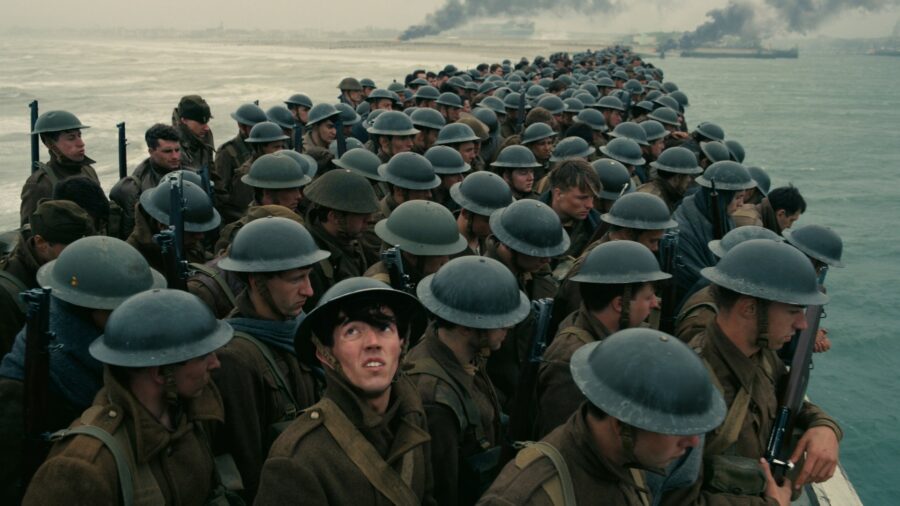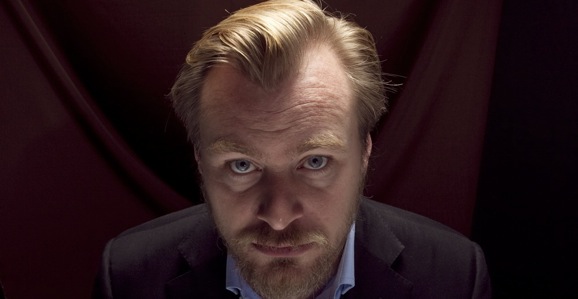By Phillip Moyer
| Published

Christopher Nolan might be best known for the Dark Knight trilogy or sci-fi films like Inception and Interstellar, but Oppenheimer was not the first movie he made about a historical event. Nolan also made the absurdly well-crafted World War II film Dunkirk.
Dunkirk followed the famed evacuation of hundreds of thousands of Allied soldiers from the titular French beach in the early days of World War II. It happened after Nazi Germany quickly conquered France in May of 1940, trapping around 400,000 troops between the rapidly advancing German forces and the English Channel.
Over the course of eight days, a hastily assembled fleet of about 800 military and civilian vessels helped rescue 338,226 soldiers as French troops fought to delay seven German divisions.

When it was released, the film was something of an anomaly, a big-budget film about a historical story that had never had a film made about it, created by a director who had never made a historical war movie before. Warner Brothers took a risky move by creating the movie, but the risk paid off, raking in $527 million on a $82.5 – 150 million budget.
While that’s not as much as Oppenheimer made at the box office, that’s still a hefty profit for the studio.
Like many of Christopher Nolan’s films, Dunkirk was critically acclaimed. Reviewers praised its technical excellence, unique narrative structure, and emotional impact on the audience. The tense moments on the beach, the dramatic aerial combat, and the tension surrounding the civilian evacuation of troops impressed theatergoers as they watched the real-life story play out to the masterful score by Gladiator and Inception composer Hans Zimmer.

Dunkirk won Academy Awards for sound editing, sound mixing, and film editing. It was nominated for five more Academy Awards: Best Picture (won by The Shape of Water), Best Director (won by Guillermo del Toro for The Shape of Water), Best Cinematography (won by Roger Deakins for Blade Runner 2049), Best Original Score (won by Alexandre Desplat for The Shape of Water), and Best Production Design (won by Paul Denham Austerberry, Shane Vieau and Jeff Melvin for The Shape of Water).
In short, the main thing that Dunkirk had going against it was the fact that it wasn’t The Shape of Water.
Despite featuring famous faces, Christopher Nolan decided to make the historical event the real star of Dunkirk.
However, the fact that it wasn’t Guillermo del Toro’s 2017 romantic fantasy isn’t the only issue with Dunkirk. Some critics have noted the lack of any strong character development in the Christopher Nolan film, with the events of the film taking prominence over the people who experienced them. Some critics also found the nonlinear storytelling confusing and thought that many of the sequences featuring the evacuation from the French beach became repetitive over time.

Quentin Tarantino, who pioneered the practice of nonlinear storytelling with Reservoir Dogs and Pulp Fiction, is passionate about Dunkirk, calling it one of the best films to be released in the 2010s. He says of the film that the story was told in a way that only Christopher Nolan could have told it and that it wouldn’t nearly have the impact it did if it were told more conventionally.
Tarantino also praised the cinematography, stating that it contained many shots that almost seemed like they would have been impossible to film.
Christopher Nolan has a lot of famous fans, including Quentin Tarantino considering Dunkirk one of the best films of the last decade.
After Dunkirk, Christopher Nolan returned to Science Fiction with Tenet, though the movie didn’t receive nearly as much recognition critically or at the box office. He soon rebounded with Oppenheimer.
